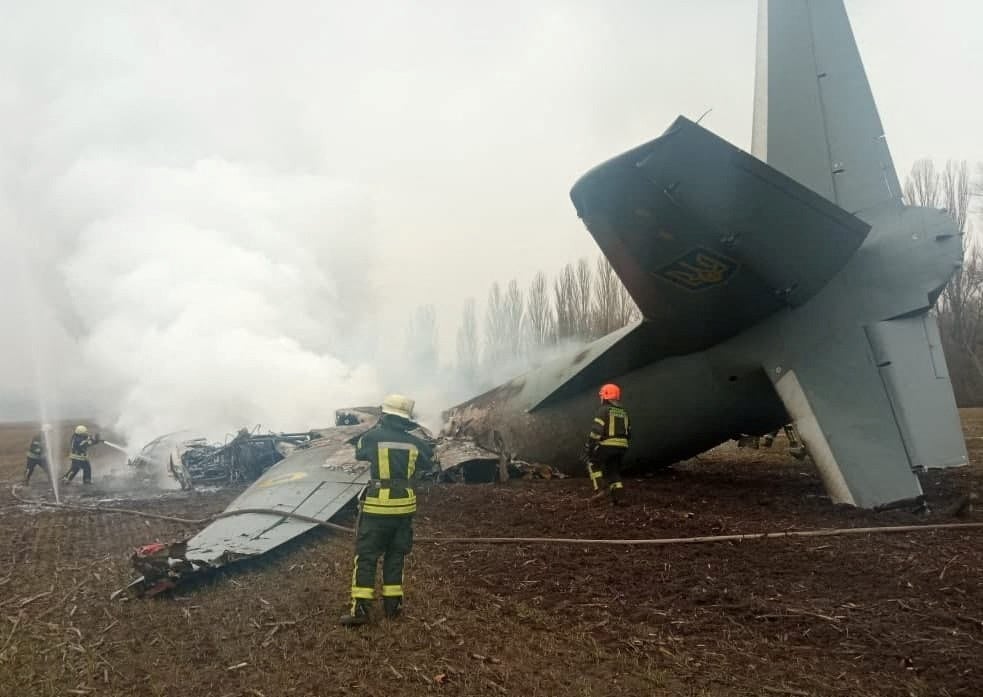No-fly zones have saved lives before – could it work in Ukraine?
Many see the move as tantamount to a declaration of war on Russia, writes Sean O’Grady


Ask Ukrainians what they need from the West, and a “no-fly zone” is at the top of the list. Understandably so.
As the long city curfews indicate, Russia enjoys superiority in the skies over much of Ukraine, and it has used this to inflict damage and injury on military and civilian locations. So the benefit of stopping the bombings and air attacks is clear.
Such is the mood of overwhelming sympathy and support for Ukraine that some MPs have called for the enforcement - by Nato, presumably - of a no-fly zone, at least in civilian areas or the refugee corridors in the south and west of Ukraine, to protect those fleeing the war to neighbouring Poland, Moldova, Hungary and Slovakia.
Defence secretary, Ben Wallace, has dismissed it as being tantamount to Nato declaring war on Russia, because it could mean, say, an RAF jet firing on a Russian aircraft. Even if the RAF plane was flying over Ukrainian sovereign territory at the request of the Kyiv government, it would still be regarded by Russia as an obvious and deliberate act of war. Besides, no no-fly zone will work without the active leadership of the United States Air Force, and its commander-in-chief, President Biden has made it perfectly clear he doesn’t want to start world war three, as he sees it.
However, the prime minister is much keener on the idea, and doesn’t rule it out. “I understand the attractions of the no-fly zone,” Boris Johnson has told MPs, while warning the prospect of downing Russian planes was something they should “contemplate with caution.”
No-fly zones can work and save lives - and have done, albeit in rather different circumstances. In Southern and Northern Iraq, respectively, after the first Gulf War in 1991, two no-fly zones were established to protect the Marsh Arabs and the Kurds, especially form airborne chemical weapons attacks by Saddam Hussein’s Air Force. No doubt the presence of western jets deterred Saddam, but there were also civilian casualties from allied bombings. Another issue was that the zones were not authorised by a UN Resolution (though the original war to liberate Kuwait was).
The other major example was in Bosnia-Herzegovina during the long and pitiless war in former Yugoslavia. In that instance, the no-fly operation was eventually backed by a UN resolution, and it morphed into Nato aircraft making deliberate air strikes. A UN resolution was also passed to enforce a no-fly zone over Libya in 2011 for a few months, in the chaos of the revolution against Colonel Gadaffi. This one also provided cover for air strikes against government targets.
The main lesson is that no-fly zones, like any intervention can only work for as long as they are in place and do not in themselves bring peace or achieve political end to conflict. In Ukraine, there is the obvious risk of rapid and uncontrollable escalation in hostilities. Dominic Cummings has outlined this danger, tweeting that No 10 “should oppose all such insane ideas and seek to de-escalate,” adding that Ukraine is “one million times less important than avoiding nuclear war” and that “Eisenhower didnt start a nuke war over Hungary.”
The assumption must be that, at this stage, Nato will not risk a global conflict for the sake of Ukraine.
Join our commenting forum
Join thought-provoking conversations, follow other Independent readers and see their replies
Comments
Bookmark popover
Removed from bookmarks